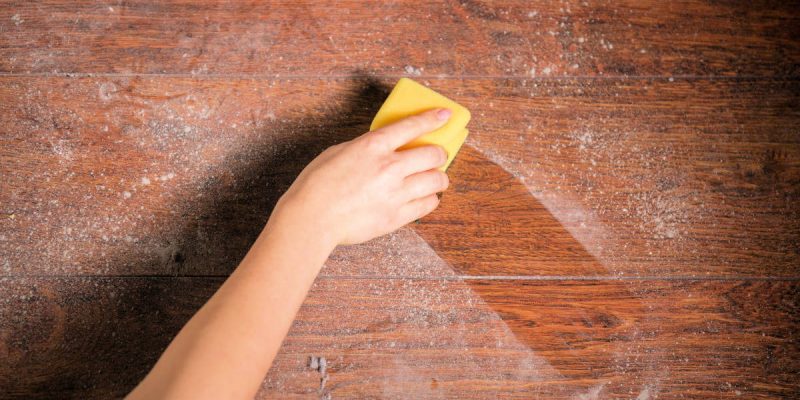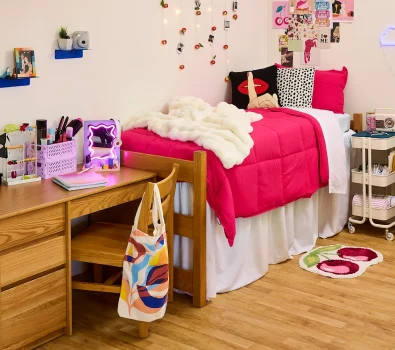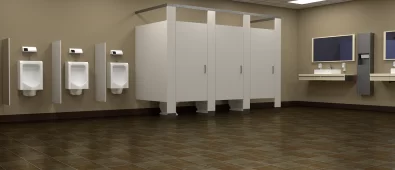Introduction
Dust is an inevitable part of our lives, but it doesn’t mean we have to let it take over our homes. Keeping your home dust-free can be challenging, but with the right strategies and tools, it’s possible to maintain a clean and healthy living environment. In this article, we will discuss the importance of a dust-free home and provide you with 10 effective tips to keep your home dust-free, including the use of WaterHog Mats and logo mats.
The Importance of a Dust-Free Home
Health Benefits
A dust-free home can have a significant impact on your health and well-being. Dust particles contain allergens, bacteria, and other pollutants that can trigger allergies, asthma, and other respiratory issues. By keeping your home clean and dust-free, you can minimize exposure to these allergens, leading to better respiratory health and overall well-being.
Aesthetics and Comfort
A clean, dust-free home is not only healthier but also more aesthetically pleasing and comfortable. Dust can make your home look dirty and uninviting, and it can also settle on your furniture, flooring, and other surfaces, making them feel less comfortable. By keeping your home dust-free, you can create a more pleasant and welcoming living environment for yourself and your guests.
10 Effective Tips for a Dust-Free Home
- Use WaterHog Mats and Logo Mats
One of the most effective ways to reduce dust in your home is by placing WaterHog Mats and logo mats at every entrance. These high-quality mats are designed to trap dirt, moisture, and dust particles from shoes, keeping your floors cleaner and reducing the amount of dust in your home. Check out Ultimate Mats for a wide range of WaterHog Mats and logo mats to suit your needs and style.
- Maintain a Regular Cleaning Schedule
Consistency is key when it comes to keeping your home dust-free. Create a regular cleaning schedule that includes dusting, vacuuming, and mopping, and stick to it. This will help to ensure that dust doesn’t accumulate in your home, making it easier to maintain a clean and healthy living environment.
- Declutter Your Living Spaces
Clutter creates more surfaces for dust to accumulate, making it harder to keep your home clean. By decluttering your living spaces, you can reduce the amount of dust in your home and make it easier to clean. Regularly sort through your belongings, donate or discard items you no longer need, and invest in storage solutions to keep your home organized and dust-free.
- Invest in High-Quality Air Filters
Using high-quality air filters in your HVAC system can greatly reduce the amount of dust circulating in your home. Look for air filters with a high MERV rating (Minimum Efficiency Reporting Value), as these are more effective at trapping small particles, including dust. Remember to change your air filters regularly, as recommended by the manufacturer.
- Clean Your Home’s Air Ducts
Over time, dust and debris can accumulate in your home’s air ducts, leading to poor air quality and increased dust in your living spaces. Consider having your air ducts professionally cleaned every few years, or more frequently if you have pets or allergy sufferers in your home.
- Opt for Easy-to-Clean Window Treatments
Window treatments, such as curtains and blinds, can be dust magnets. Choose easy-to-clean options like roller shades, shutters, or washable curtains to minimize dust accumulation. Remember to clean your window treatments regularly to keep dust at bay.
- Vacuum Regularly and Thoroughly
Vacuuming is essential for keeping your home dust-free. Use a vacuum cleaner with a HEPA filter to trap small particles and allergens effectively. Be sure to vacuum all surfaces, including carpets, rugs, upholstery, and hard floors, at least once a week, and more frequently in high-traffic areas.
- Wash Bedding and Soft Furnishings Regularly
Dust mites are a common source of dust and allergens in the home. To reduce dust mite populations, wash your bedding, including sheets, pillowcases, and duvet covers, at least once a week in hot water. Don’t forget to clean other soft furnishings like throw pillows, blankets, and curtains regularly as well.
- Use a Microfiber Cloth for Dusting
When dusting your home, use a microfiber cloth instead of a traditional duster or feather duster. Microfiber cloths are more effective at capturing dust particles and can be easily washed and reused, making them an environmentally friendly and cost-effective choice.
- Keep Your Shoes Outside or in a Designated Area
Shoes can track dust and dirt into your home. To minimize the amount of dust in your living spaces, consider keeping your shoes outside or in a designated area near the entrance. Encourage family members and guests to remove their shoes upon entering your home to maintain a cleaner and healthier environment.
Conclusion
Keeping your home dust-free may seem like a daunting task, but by implementing these 10 effective tips, you can create a cleaner, healthier, and more comfortable living environment. By using WaterHog Mats and logo mats, maintaining a regular cleaning schedule, and making smart choices about your home’s furnishings and décor, you can minimize dust and enjoy a more pleasant home atmosphere.
Frequently Asked Questions
- How often should I clean my home to keep it dust-free?
A regular cleaning schedule is essential for maintaining a dust-free home. Aim to dust, vacuum, and mop at least once a week, with more frequent cleaning in high-traffic areas.
- Are WaterHog Mats and logo mats effective at reducing dust?
Yes, WaterHog Mats and logo mats are designed to trap dirt, moisture, and dust particles from shoes, helping to keep your floors cleaner and reduce the amount of dust in your home.
- What is the best type of vacuum cleaner for a dust-free home?
A vacuum cleaner with a HEPA filter is the best option for a dust-free home , as it can effectively trap small particles and allergens. Look for a vacuum cleaner with strong suction power and attachments for cleaning various surfaces, including carpets, rugs, upholstery, and hard floors.
- How can I reduce dust accumulation on my window treatments?
Choose easy-to-clean window treatments like roller shades, shutters, or washable curtains to minimize dust accumulation. Be sure to clean your window treatments regularly, either by vacuuming, wiping, or washing them, depending on the material.
- How can I prevent dust from entering my home?
Some effective ways to prevent dust from entering your home include placing WaterHog Mats and logo mats at every entrance, keeping your shoes outside or in a designated area, sealing gaps around windows and doors, and investing in high-quality air filters for your HVAC system.
- What are some natural ways to reduce dust in my home?
In addition to the tips mentioned above, consider using natural air purifiers like indoor plants that can help filter the air and reduce dust levels. Some effective air-purifying plants include spider plants, snake plants, and peace lilies. Also, try opening windows and doors to improve air circulation and let fresh air in, especially on low-pollen days. This can help dilute the concentration of dust and allergens in your home.
- How can I minimize dust accumulation on electronics and appliances?
Electronics and appliances, such as computers, televisions, and kitchen appliances, can attract and accumulate dust. To minimize dust on these items, use a microfiber cloth or an electronics duster designed specifically for cleaning delicate surfaces. Be sure to clean your electronics and appliances regularly, and consider using dust covers when they are not in use.
- How can I reduce dust in my home if I have pets?
Pets can contribute to dust levels in your home through dander, hair, and dirt tracked in from outside. To minimize pet-related dust, groom your pets regularly, vacuum your home frequently using a vacuum cleaner with a HEPA filter, and wash your pet’s bedding and toys regularly. You can also place WaterHog Mats and logo mats near pet entrances to help trap dirt and dust from their paws.
- Can air purifiers help in keeping my home dust-free?
Yes, air purifiers can be an effective way to reduce dust levels in your home. Look for air purifiers with HEPA filters, which can capture even the smallest dust particles. Place air purifiers in high-traffic areas or rooms where dust tends to accumulate, such as living rooms, bedrooms, and offices.
- How can I keep my carpets and rugs dust-free?
Regular vacuuming is essential for keeping carpets and rugs dust-free. Use a vacuum cleaner with a HEPA filter and strong suction power, and vacuum your carpets and rugs at least once a week, or more frequently in high-traffic areas. Additionally, consider having your carpets and rugs professionally cleaned every 12 to 18 months to remove deep-seated dust and dirt.



